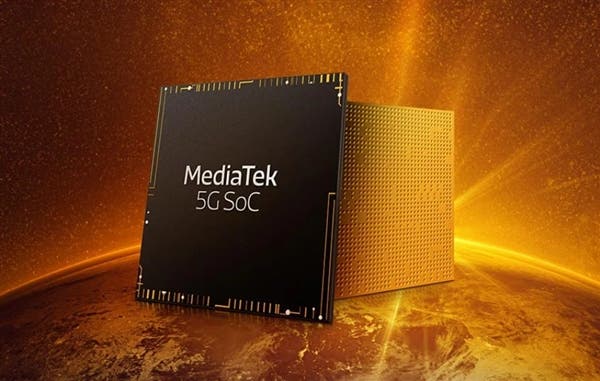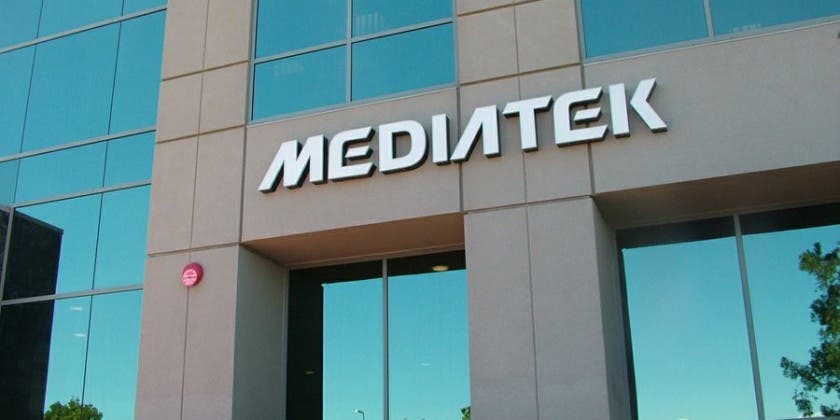MediaTek announced that its 5G internal and external test achieved 1.67Gbps and 1.40Gbps download rate respectively. This implies that MediaTek’s 5G technology is mature and has the ability to support 5G commercial deployment. The equipment used in this test is based on MediaTek’s Helio M70 baseband. A single software and hardware version can support both SA and NSA. It supports mainstream frequency bands such as 700M/900M/1800M/2.6G/3.5G/4.9G. It supports downlink speed up to 4.7Gbps and uplink rate up to 2.5Gbps.

In the MTNet laboratory and indoor test of China Information and Communication Research Institute, Helio M70 was the first to pass the formal test version of the 3GPP. It also passed the rigorous test of all 199 items of SA and NSA. The SA mode includes two frequency bands, N41 and N78. The NSA mode covers the combination of B3+N41 and B1+N78.
Gizchina News of the week
The downlink peak rates of N41 and N78 in SA mode reach 1.62Gbps and 1.45Gbps, respectively, which is almost the same as the theoretical rate. The downlink peak rates of B3+N41 and B1+N78 in NSA mode can reach 1.67Gbps and 1.36Gbps.
In the field test, the peak rate of the Helio M70 in the NSA interoperability test reached 1.40 Gbps. The average speed of 5G was stable at 1.27 Gbps, and the uplink rate was 112 Mbps, which successfully passed IMT-2020. At the end of May this year, MediaTek also released a 5G smartphone single-chip solution with built-in Helio M70 multi-mode baseband. The terminal equipment with MediaTek’s 5G mobile phone chip is expected to be available in the first quarter of 2020.





